A brief talk about high current connectors
Jan 13, 2024
Connectors are also called connectors, plugs, and sockets in China. Generally refers to electrical connectors. That is, connecting two active devices to transmit current or signals. Widely used in aviation, aerospace, national defense and other military systems. Connectors are components that electronic engineering technicians often come into contact with.
350A High-Current Battery SED Connector
Its role is simple: it builds a communication bridge between blocked or isolated circuits in the circuit, allowing current to flow so that the circuit can perform its intended function. Connectors are an indispensable part of electronic equipment. If you look along the current path, you will always find one or more connectors. Connector forms and structures are constantly changing. Depending on the SEDlication object, frequency, power and SEDlication environment, the form of the connector is also different. But no matter what kind of connector, it must ensure that the current flows smoothly, continuously and reliably.
175A Forklift Battery Cable SED Connectors
Generally speaking, connectors are used for more than just electrical connections. Today, with the rapid development of optoelectronic technology, the carrier of signal transmission in optical fiber systems is light. Glass and plastic have replaced wires in ordinary electrical circuits, but connectors are also used in optical signal paths and perform the same function as electrical circuit connectors.
Advantages of high current connectors:
1. Improve the production process, simplify the assembly process of electronic products, and simplify the mass production process;
2. Easy to maintain. If an electronic component fails, the faulty component can be quickly replaced when the connector is installed;
3. Easy to upgrade. As technology advances, components can be updated when installing connectors, replacing old components with new, more complete ones;
4. Improve design flexibility. Using connectors gives engineers greater flexibility when designing and integrating new products and components.
At the same time, the size of the current is also related to the thickness of the electrical connector pins. For products of the same series, the thicker the pins, the greater the allowable operating current.
50A 600V 3 Pin Power Products Battery Plug Connector
Since the current from the power source passes through the connector to the load, the contact resistance of the pin and socket, and the resistance of the pin and socket themselves, together constitute the additional resistance of the circuit, which is in series with the connector. Load Resistance. When the circuit current is high and the pins are small, the energy dissipated by the additional resistor causes the contacts to heat up. Over time, the pins and sockets will oxidize and deteriorate, resulting in poor contact and a vicious cycle until the circuit breaks.
Read More

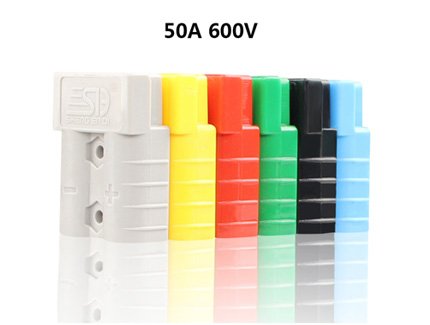
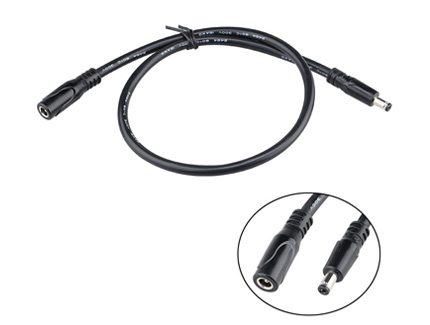
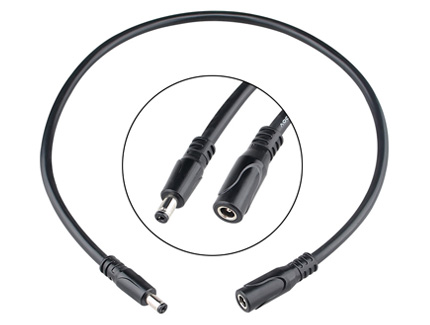
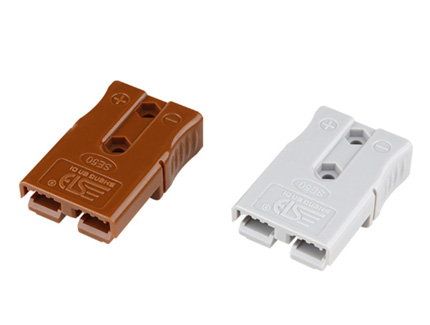
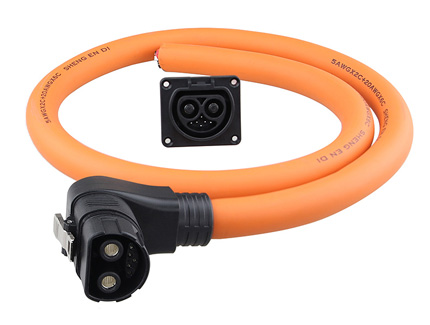
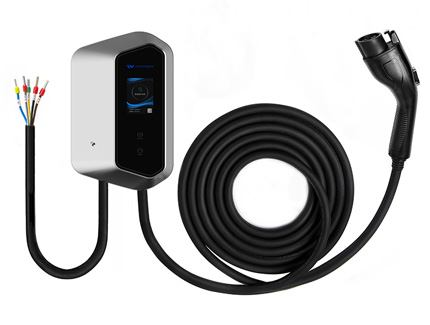
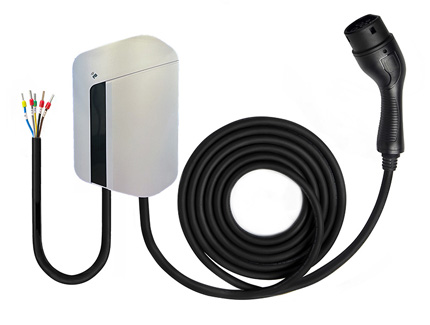
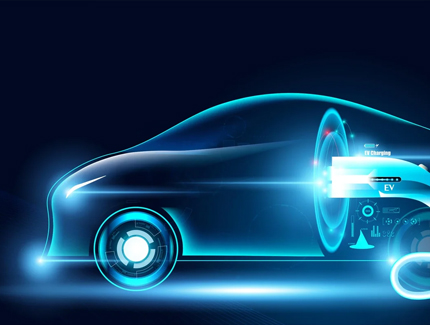
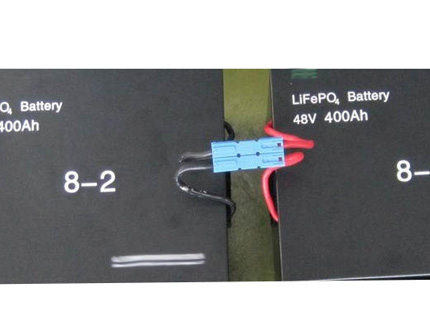
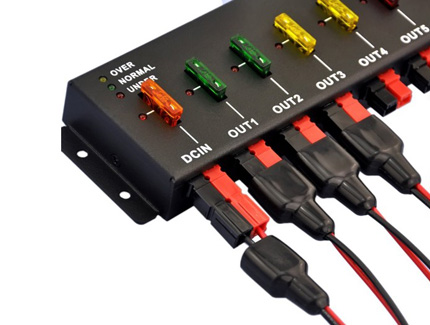
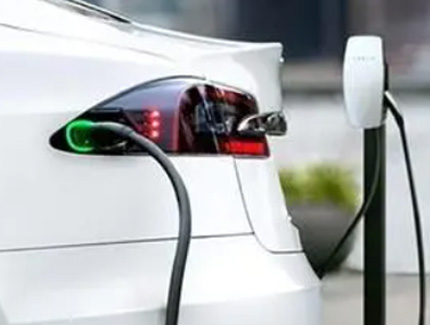
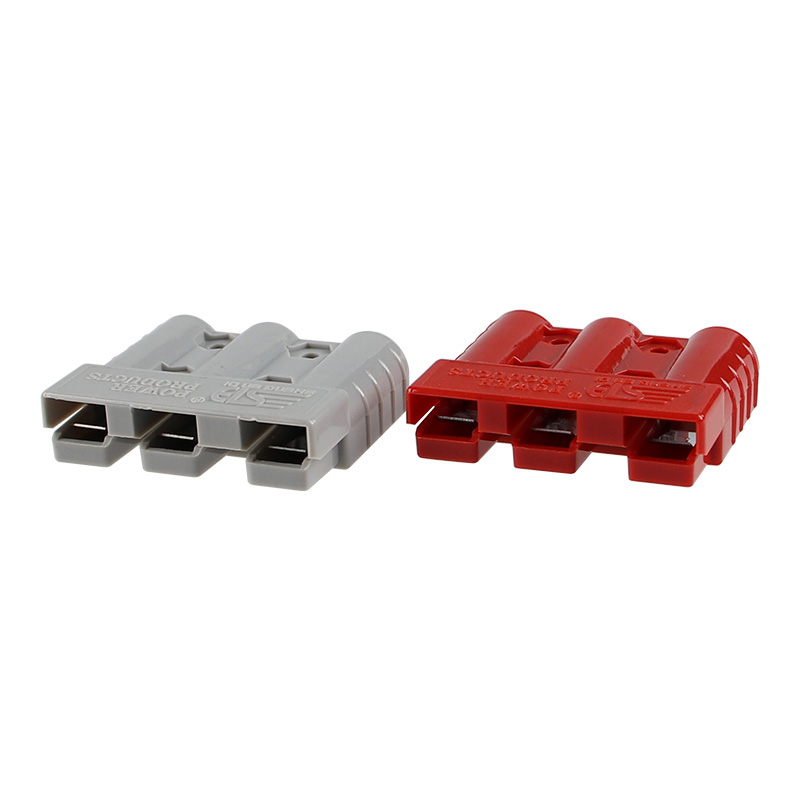



 network supported
network supported